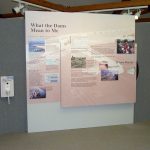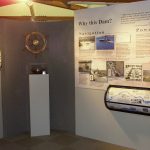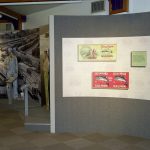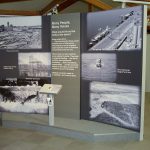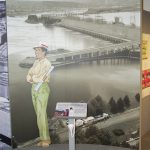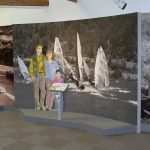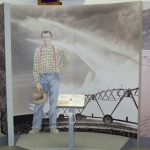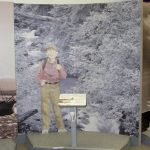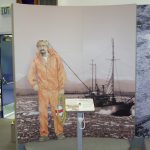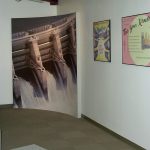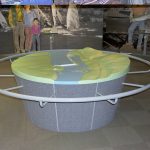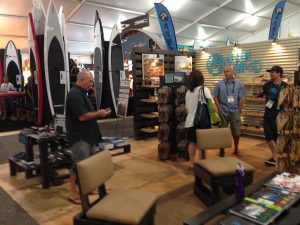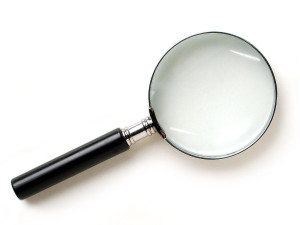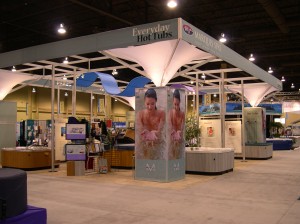There’s Always a Tradeoff
When I first got into the exhibit industry in the early ‘00s, the company I was hired by, Interpretive Exhibits in Salem, was heavily involved in an exhibit for the Army Corps of Engineers. It was a permanent installation (still there) at The Dalles Dam in The Dalles, Oregon. The theme of the exhibit was “Tradeoffs” and it addresses the various parties involved in the needs and desires of the Columbia River. For every group that had in interest in utilizing the Columbia River as a resource, there was a tradeoff
of sorts. Sports fishermen, Native Americans and their fishing rights, shipping and transportation, recreation and so on – there were all sorts of groups that wanted something out of the river. The exhibit went into detail to explain each group’s interests and how they had to compromise, in a sense, to get a lot (but not all) of what they wanted.
That concept – the tradeoff – comes up in my mind frequently, and it can be applied to virtually anything that you are involved in.
Apply it to the tradeshow world: if you are willing to spend the money on a larger exhibit, the tradeoff is often that you must also be willing to hire a crew to setup and dismantle the exhibit, and you must be willing to pay more for shipping.
If you want an exhibit that can quickly be setup by one or two people, the tradeoff is that you must be willing to settle for a very simple design with limited bells and whistles and perhaps a lesser impact than something more complex.
If you want to have a professional presenter in your booth space pitching attendees several times an hour, the tradeoff is that not only do you need to invest in hiring that presenter, but you’ll need to make sure you have enough staff on hand to engage as many of those attendees as possible before they slip away.
It seems like we’re always giving up one thing to get another. We don’t live in a world where we have it all. Or a world where we have nothing at all.
We live in a world where we’re always calculating a tradeoff that works best for us.



